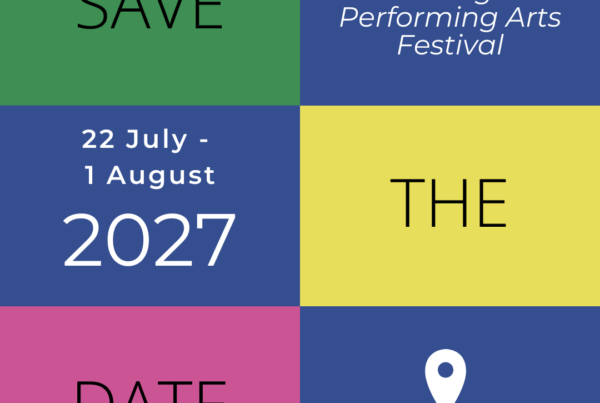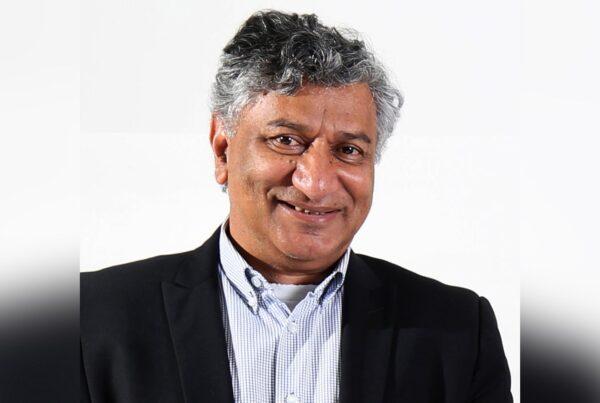ASSITEJ SA is calling for your participation in inter-cultural exchanges that might lead towards performance, showcasing and discussion at the 2017 World Congress. This is part of our three year programme of looking at how to take the work of ASSITEJ “one step beyond” where we’ve been in the last 50 years, in relation to three key themes: inter-generational exchange, inter-disciplinary exchange and finally, inter-cultural exchange.
Of course inter-cultural exchange speaks to a fundamental driver of ASSITEJ, which was created “to unite theatres, organisations and individuals across the world dedicated to theatre for children and young people”. Why do we feel this drive to connect across space, languages and cultures? For anyone who has experience of inter-cultural collaboration and exchange, they will know that it is not always that comfortable or that easy! It can be highly challenging for all sorts of reasons. However it is often these very challenges that are triggers for us to view ourselves differently, push ourselves out of our habits, enrich our processes and create work which stretches the boundaries of expression.
This drive to exchange across cultural boundaries can be highly creative. After all, true creativity is often found in the collision and reintegration of disparate elements into new wholes – so generosity and openness to sharing, as well as openness to receive what is unfamiliar, strange or uncomfortable are an investment in a more creative future…for ourselves and our audiences.
Current news describes Europe as facing a “colossal humanitarian catastrophe”, as refugees stream across the Mediterranean and through porous Middle-Eastern borders. This situation is found the world over, and is creating an environment where inter-cultural exchange is not only desirable, but also profoundly necessary. How do we cope with the changing face of the world and of cultures which cannot be static, but which are challenged to evolve and adapt under these kinds of pressures? How do we speak to children and young people who are displaced and experiencing a cultural onslaught of unimaginable proportions? How do we as artists recognise the need to collaborate with those whose understanding of what art is, whose training and experience, whose whole perception of the world, is fundamentally different to ours? And what does this encounter give us that will help us to be better artists and better, more empathetic human beings?
A key factor in the inter-cultural exchanges for the 2017 World Congress is that one of the partners should be from Africa. We hope that by pushing this exchange with Africa, we will be able to integrate more African artists into the work of the organisation as a whole, and also find ways that artists from countries outside of Africa can learn from the rich heritage, energy and talent that African artists can bring to the table. We also hope that this will give artists an opportunity to reach out to those within the refugee diaspora and to start to create new artistic communities wherever they happen to be.
We recognise that many artists within the broad fabric of ASSITEJ have not had exposure to seeing African performance for young audiences, or to working with African theatre makers. Hopefully 2017 will be the year in which African work for young audiences will be properly showcased for the first time within the ASSITEJ community, and hopefully this will lead to more inter-cultural collaborations and exchanges into the future… thus allowing us all to take “one step beyond” where we have been before.






